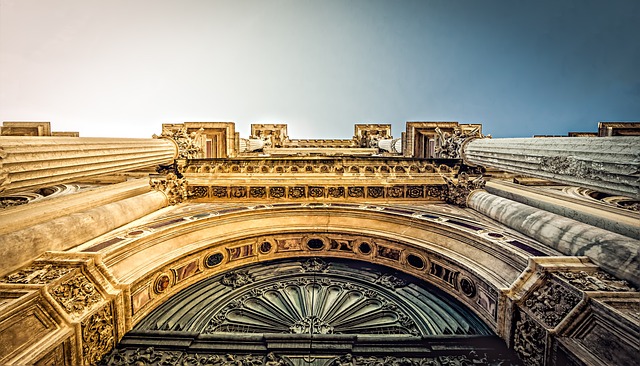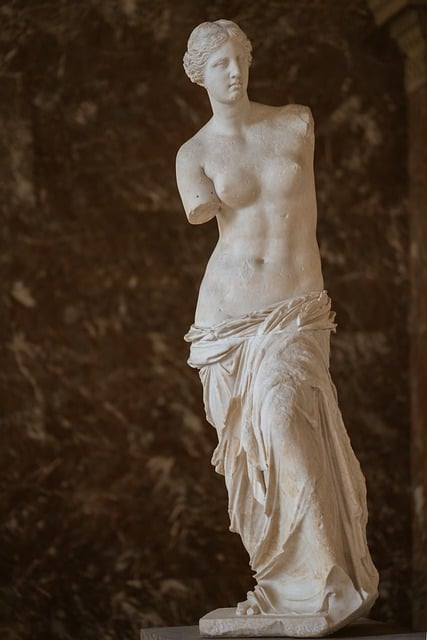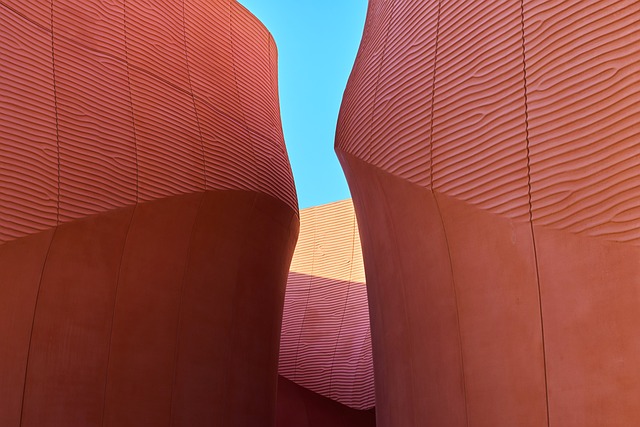A Journey Through Time: The Definitive Museum Art Guide
Art museums serve as cultural beacons, allowing us to travel through time and witness the evolution of human creativity. Whether you are a seasoned art lover, a casual visitor, or someone with no prior knowledge of art, museums provide an opportunity to deeply engage with history, culture, and artistic expression. This guide will take you on a journey through museums worldwide, exploring key art movements, iconic pieces, and must-visit institutions that define the museum experience.
The Importance of Museums in Art Preservation
Museums hold a critical role in the preservation and presentation of art. They are custodians of cultural heritage, striving to safeguard the past for future generations. By collecting, conserving, and exhibiting artworks, museums create a physical repository of human experience and creativity. This mission not only preserves art but also promotes education and understanding of diverse cultures and histories.
In addition, museums often host temporary exhibitions, allowing for a dynamic dialogue between contemporary artists and historical context. Conversely, they provide frameworks to understand art movements, stylistic evolutions, and the social conditions that shape artistic expression. Thus, a visit to a museum can transform viewers into informed participants in the ongoing conversation about art.
The Evolution of Art: Key Movements and Styles
To appreciate artworks in a museum, it is essential to understand various art movements and styles. These categories provide context for the pieces, allowing visitors to recognize common themes, techniques, and philosophies. Below are some influential movements that have significantly shaped the art world.
Renaissance
The Renaissance, spanning from the 14th to the 17th centuries, marked a remarkable revival of interest in classical learning and humanism. Artists like Leonardo da Vinci and Michelangelo pushed the boundaries of artistic expression, using techniques such as perspective and chiaroscuro to create depth and realism. Museums typically showcase notable works from this period, allowing visitors to appreciate the intricate detail and profound ideas captured by these masters.
Baroque
The Baroque era, emerging in the late 16th century and extending into the early 18th century, is characterized by dramatic expression and elaborate ornamentation. Artists such as Rembrandt, Caravaggio, and Peter Paul Rubens used bold colors and strong contrasts. Their emotionally charged works reflect the tumultuous period of conflict and religious upheaval in Europe. Walking through galleries that feature Baroque masterpieces offers insight into the theatricality and emotional gravitas of this era.
Impressionism
Originating in the late 19th century, Impressionism broke free from traditional boundaries and focused on capturing light and movement. Artists like Claude Monet, Edgar Degas, and Pierre-Auguste Renoir painted outdoor scenes with a sense of spontaneity and modernity. Museums housing Impressionist works often possess vibrant landscapes and intimate depictions of daily life, inviting viewers to experience the beauty of the transient moment.
Modernism
Modernism emerged in the late 19th and early 20th centuries, reflecting the rapid changes in society brought on by industrialization and urbanization. Artists such as Pablo Picasso and Henri Matisse experimented with form, color, and abstraction. This movement paved the way for various subsequent movements, including Cubism and Surrealism. An appreciation for Modernism unveils a diverse range of styles that challenge perceptions and provoke thought.
Contemporary Art
Contemporary art encompasses a vast spectrum of styles and mediums, emerging from the late 20th century to the present. Artists like Damien Hirst and Ai Weiwei often address social issues, identity, and technology through innovative techniques. Museums dedicated to contemporary art create dialogues around themes that resonate with modern audiences, showcasing how art continues to evolve in response to current global narratives.
Must-Visit Museums Around the World
Various museums worldwide are hailed for their exceptional collections and significance in the art community. Visiting these institutions offers an immersive journey through time and culture. Here are some remarkable museums to include on your art pilgrimage:
The Louvre, Paris
One of the largest and most well-known museums globally, the Louvre boasts art ranging from ancient civilizations to the 19th century. Home to iconic works such as the Mona Lisa and the Venus de Milo, the Louvre serves as a testament to humanity’s artistic achievements. The museum’s architecture, which combines a historic palace with a modern glass pyramid, enhances the experience of moving through time and art.
The Museum of Modern Art (MoMA), New York City
MoMA is renowned for its outstanding collection of modern and contemporary art. From Van Gogh’s “Starry Night” to Warhol’s “Campbell’s Soup Cans,” the museum presents pivotal works that reflect the radical changes in art over the last century. MoMA’s exhibitions often challenge traditional notions of art, making it a critical destination for understanding contemporary artistic expressions.
The British Museum, London
The British Museum houses an incredible array of art and artifacts from around the world, spanning 2 million years of human history. With pieces such as the Rosetta Stone and the Elgin Marbles, this museum offers a global perspective on cultural heritage. Its diverse collections invite exploration of art’s role in shaping civilizations, making it an enriching experience for visitors.
The Uffizi Gallery, Florence
Known for its extraordinary collection of Italian Renaissance art, the Uffizi Gallery features masterpieces by Botticelli, Michelangelo, and Raphael. The museum’s location along the Arno River enhances the allure of immersing oneself in the rich artistic heritage of Florence. Each gallery within the Uffizi tells the story of the Renaissance and its enduring impact on art history.
The Getty Center, Los Angeles
The Getty Center combines stunning architecture with a vast collection of European paintings, sculptures, and decorative arts. Visitors can appreciate works by artists like Van Gogh and Vermeer while enjoying breathtaking views of Los Angeles. The Getty also emphasizes educational programs and research, providing a holistic approach to art appreciation.
Engaging with Art: Tips for Museum Visits
To make the most of your museum experience, consider employing strategies that enhance understanding and appreciation. Engaging with art requires intention and curiosity, and the following tips can guide your exploration:
Begin with a map: Familiarize yourself with the museum layout. Highlight key exhibitions or collections you want to see first. Knowing where to find specific works makes navigation smoother and less overwhelming.
Take your time: Don’t rush through the galleries. Spend time with individual pieces. Observe the details, take note of colors, and ponder the emotions conveyed through the artwork. Allowing space for reflection can elevate your museum experience.
Participate in guided tours: Many museums offer guided tours led by knowledgeable educators. These tours provide valuable context and insights about the artworks and their significance that you might not discover independently.
Engage in discussions: If visiting with friends or family, discuss your impressions of artworks. Sharing perspectives can enhance understanding and spark meaningful conversations about the themes and emotions locked within the artworks.
Utilize multimedia resources: Many modern museums provide audio guides, mobile apps, or interactive displays to enhance your visit. Utilizing these resources can offer further layers of information and context.
The Future of Museums in the Digital Age
As technology continues to advance, museums are embracing digital tools to enhance accessibility and engagement. Virtual tours and online exhibitions have become increasingly popular, allowing individuals who may be unable to visit in person to experience world-class collections from their homes. This democratization of art access is vital for fostering a global appreciation for culture and history.
Moreover, the use of augmented reality (AR) and virtual reality (VR) technologies is reshaping how people interact with art. Through AR applications, visitors can unlock additional content and experiences relevant to the artworks on display. VR transports users to different times and places, providing immersive encounters with art and history.
As museums continue to adapt to contemporary societal needs, they can play an even more integral role in fostering understanding, dialogue, and participation in art, culture, and community life.
Concluding Thoughts
Art museums are not mere repositories of artifacts; they are vibrant spaces where history, culture, and creativity collide. A visit to a museum offers a unique opportunity to witness the unfolding story of human expression. By enriching our understanding of art movements, exploring remarkable institutions, and engaging with artworks thoughtfully, we embark on a journey through time that deepens our appreciation of the world around us. As art continues to evolve, museums remain steadfast in their mission to inspire, educate, and connect people across generations.


